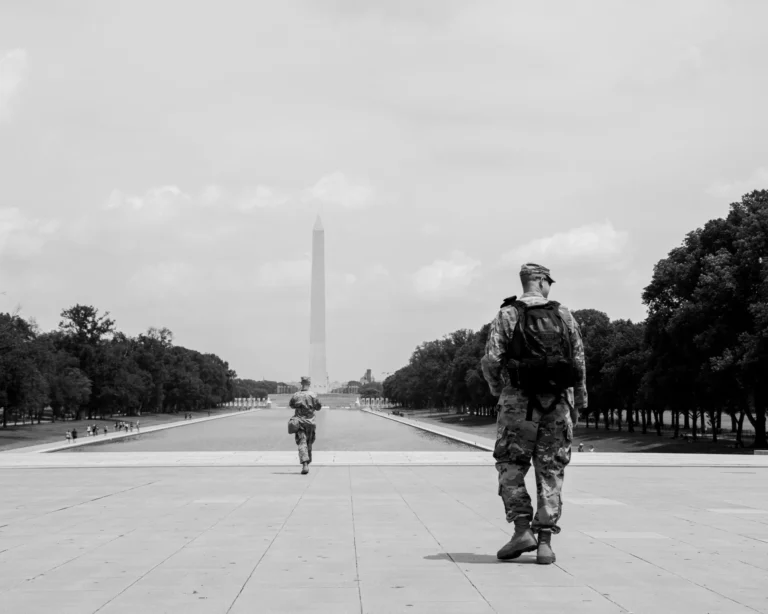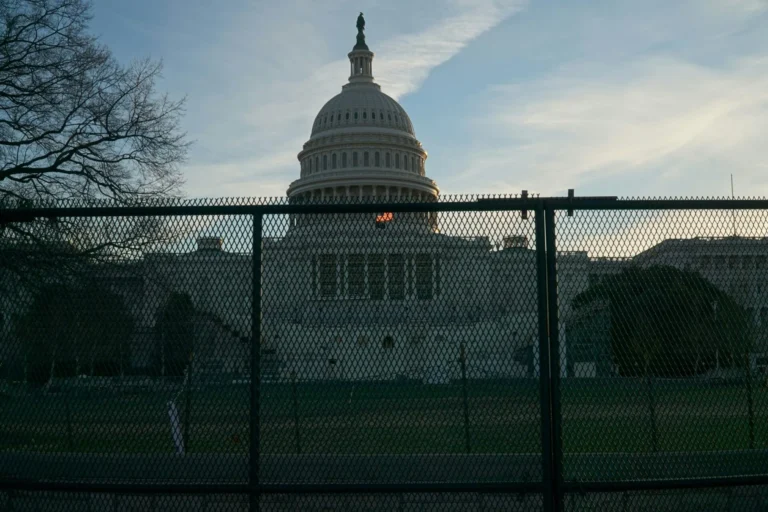U.S. mines have in the last few years proven with deadly efficiency that coal mine inspections aren’t what they used to be. Coal Safety Agency Failing To Give Proper Mine InspectionsBy Cliff Montgomery – Dec. 14th, 2007The inspector general of the Labor Department has discovered a clear tie between the growth in fatal coal mine accidents and a marked decline in mine inspections.Labor Department Inspector General (IG) Gordon Heddell recently released a study which revealed that from 2002 to 2006, the inspector force of the Mine Safety and Health Administration (MSHA) was sharply cut. In 2002, the Mine Safety agency employed 605 inspectors; that number had been slashed to 496 by 2006–an 18 percent cut in trained inspectors employed by the agency.During the same period, both coal production and the agency workload increased, jumping from 811 to 882 mechanized mining units. The inspector ratio per unit subsequently dropped, from 0.75 inspectors for each mechanized mining unit to 0.56.A mechanized mining unit is a measurement based on the day-to-day tonnage of coal taken from a mine.The decrease of inspectors occurred thanks to cuts in MSHA funding from a stingy Republican-run Congress and George W. Bush, according to the report.From 2002-2006, the Mine Safety agency’s cost-of-living salary increases for its employees rose from almost $79 million to about $85 million. But Republican appropriations for the mine agency failed to rise even by 1 percent, inching up from just over $116 million to barely more than $117 million.”As a result,” stated the IG report, “MSHA did not have sufficient funding to replace personnel that left the agency.”That’s when mining accidents began to spike. January 2006 saw the West Virginia explosion at Sago mine, which killed 12. May 2006 brought the explosion at Darby Mine in Kentucky, which killed five miners.And of course August 2007 brought more death, this time at Utah’s Crandall Canyon Mine, where a collapse killed six coal miners. The same collapsed area subsequently claimed the lives of three rescue workers.U.S. law requires that coal mines submit to a minimum of four thorough safety inspections every year. The study chides MSHA for failing to perform the mandated inspections at 107 underground mines in 2006–almost 15 percent of America’s 731 mines.”This occurred,” stated the report, “because of decreasing inspection resources and [MSHA’s] management not placing adequate emphasis on ensuring the inspections were completed.”Richard Stickler, a MSHA administrator, recently told CongressDaily that the study failed to point out that 70 percent of these incomplete inspections occurred at mines that either were infrequently producing coal or not producing it at all through the inspection period.But Mr. Stickler was engaging in a typical Bush Administration fallacy of logic. Not only did he tacitly admit that a good number of fully active coal mines continue to operate without receiving the required inspections in 2006–over 32, if one does the math–but Stickler failed to note that even so-called “thorough” inspections are surely nothing of the kind under MSHA’s strained conditions.Mr. Stickler may deny it, but American mines have in the last few years proven with deadly efficiency that our coal mine inspections aren’t what they used to be.In fact after the 2006 tragedies, Congress worked to tighten MSHA’s inspection rules, and finally granted the agency additional money to employ more inspectors. Stickler admitted to CongressDaily that over 250 people now are in a training program to re-fill MSHA’s depleted mine inspection force.The Crandall Canyon mine collapse was the tragedy which finally brought about efforts to re-invigorate mine safety in this country.Another bill in that vein was introduced by House Education and Labor Chairman George Miller (D-CA). But being based on common sense and a concern for others, it is viciously opposed by the Bush White House.The legislation would require coal mine owners to install rescue chambers in coal mines, which would ensure workers a clear, safe refuge in the event of collapse or other emergency; bolster both communications and mine ventilation systems; increase the strength of mine seals at well-worked mines, to protect miners from possible methane gas explosions; lower the possibility of conveyor belt friction fires; and charge higher penalties for breaking safety laws.Like what you’re reading so far? Then why not order a full year (52 issues) of thee-newsletter for only $15? A major article covering an story not being told in the Corporate Press will be delivered to your email every Monday morning for a full year, for less than 30 cents an issue. Order Now!

Disobeying Illegal Orders Is A Military Duty, Not A Crime
The truth is that soldiers have a legal duty to refuse any order that clearly breaks the law, according to the Uniform Code of Military Justice.




